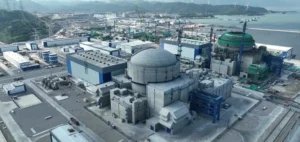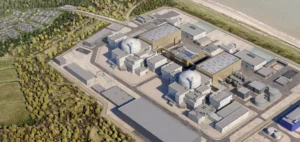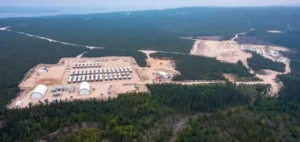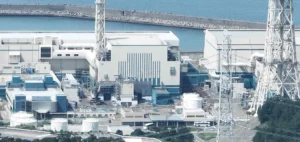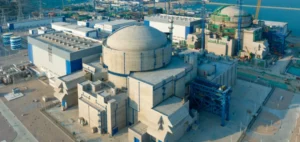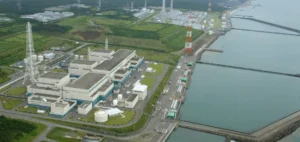The rise of artificial intelligence (AI) has led to an increasing demand for computing power, which directly impacts the energy consumption of global data centers. However, the emergence of DeepSeek, a new Chinese leader in the AI field, is changing the game by introducing a more energy-efficient computing model. Its R1 model, which recently overtook ChatGPT as the most downloaded app on the U.S. Apple App Store, requires only around 2,000 Nvidia chips—just a fraction of the computing power typically required for similar programs.
Reduced Energy Requirements
Traditionally, tech companies have invested heavily in data centers to support AI, with projections of exponential energy consumption growth. These investments initially supported the expansion of data centers, which now account for about 1% of global electricity consumption, according to the International Energy Agency (IEA). In 2023, giants like Google, Microsoft, and Amazon invested billions of dollars to expand their data centers, exacerbating energy demand and contributing significantly to greenhouse gas emissions. In contrast, DeepSeek’s R1 model, much more efficient, could reduce these energy needs while maintaining similar performance.
Impact on the Energy Market
The rise of DeepSeek has had an immediate impact on traditional energy players. The stocks of major energy companies, such as Constellation Energy, dropped by more than 20% following the announcement of DeepSeek’s performance. Analysts estimate that the improved energy efficiency of AI could lead to a reduction in electricity demand from data centers, challenging market expectations regarding the growth prospects for energy companies.
Future Outlook
According to the IEA, energy consumption from data centers is expected to double between 2022 and 2026, reaching the annual electricity consumption of Japan. While progress has been made in improving data center efficiency, the growing demand for AI-driven technologies appears inevitable. However, the efficiency of new models, like DeepSeek’s, could mitigate this rise, although some experts, such as Andrew Lensen from Victoria University of Wellington, warn about Jevons’ Paradox. According to this theory, improving efficiency could paradoxically lead to an increase in overall resource consumption, as companies look to capitalize on this enhanced performance to create even more ambitious models.
Implications for the Energy Transition
Tech companies like Microsoft and Meta have already taken steps to secure access to clean energy to power their data centers. These initiatives align with the growing energy needs, but also raise questions about the long-term sustainability of these investments amid rising energy demand. If DeepSeek can prove the efficiency of its model, it could shift this dynamic and provide a more sustainable long-term model, with less reliance on traditional energy resources.





